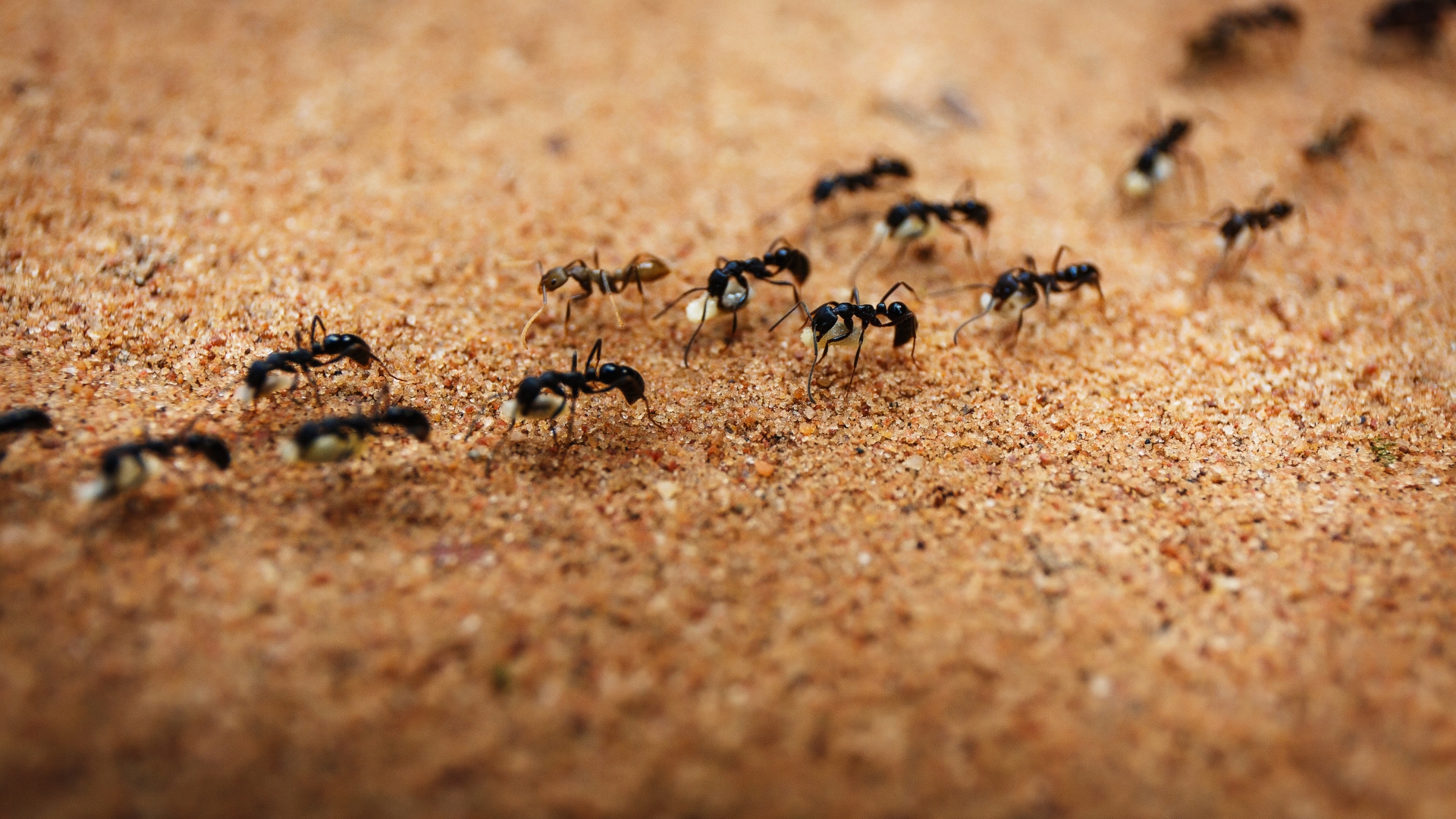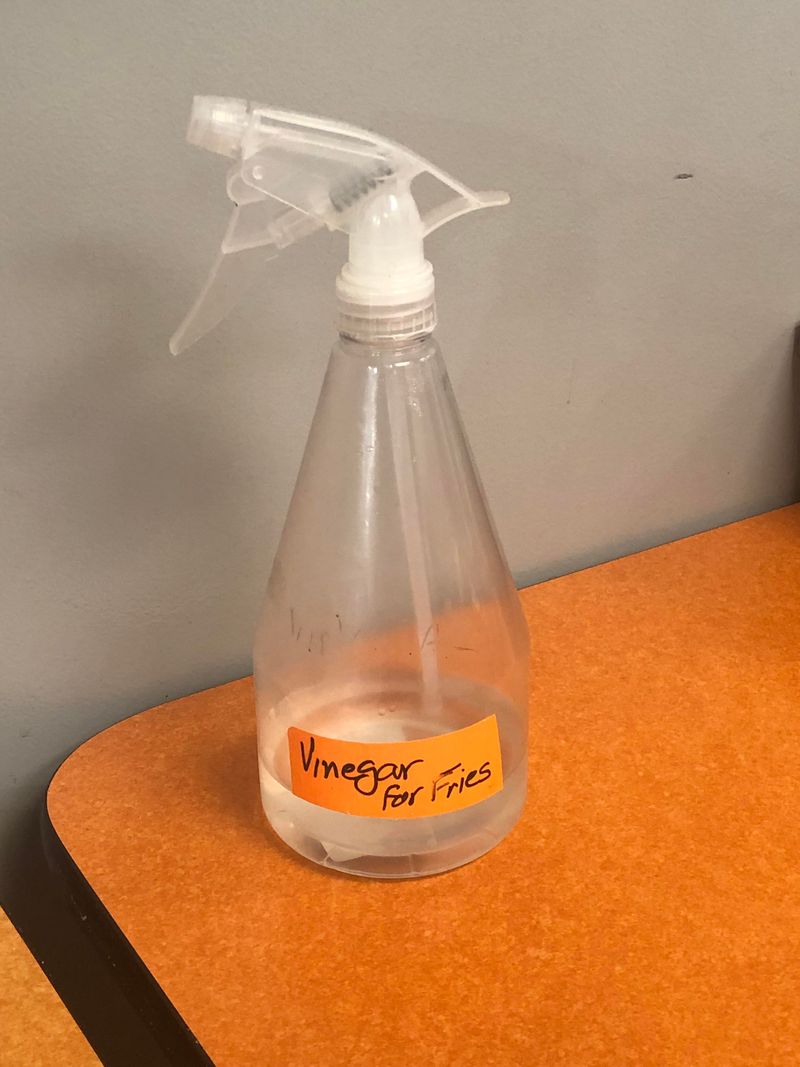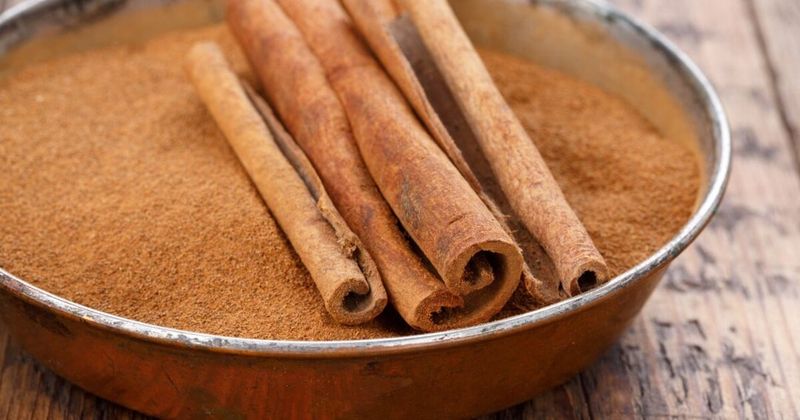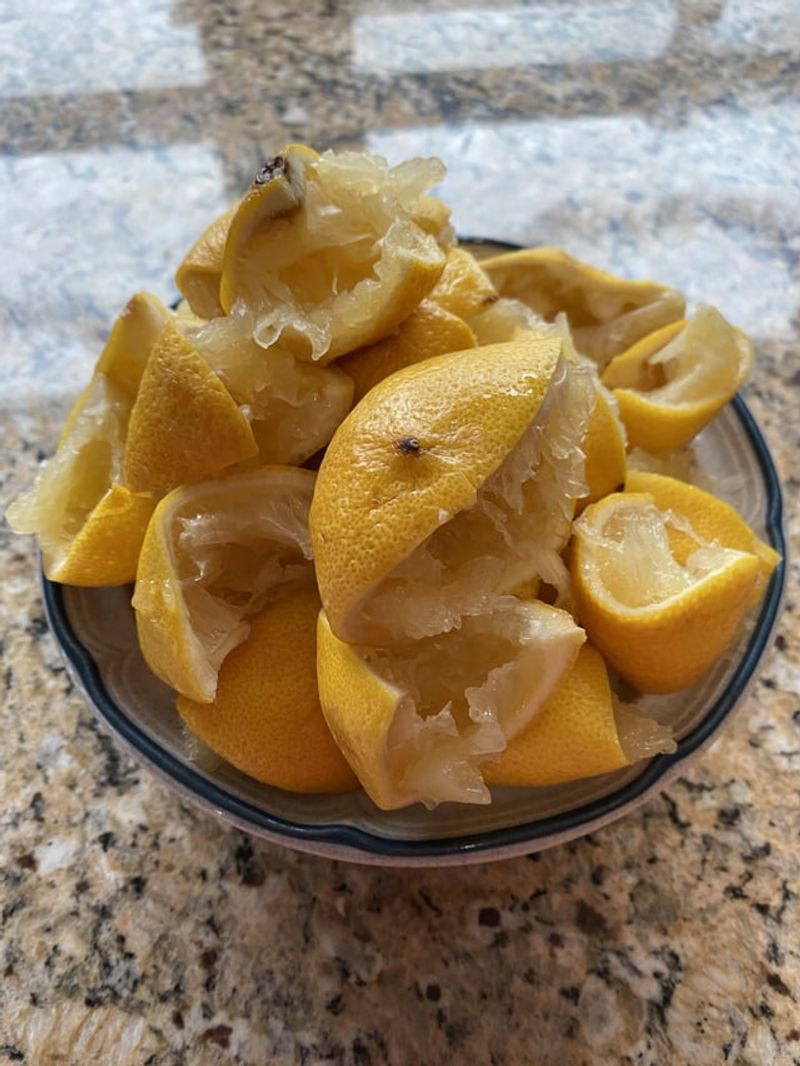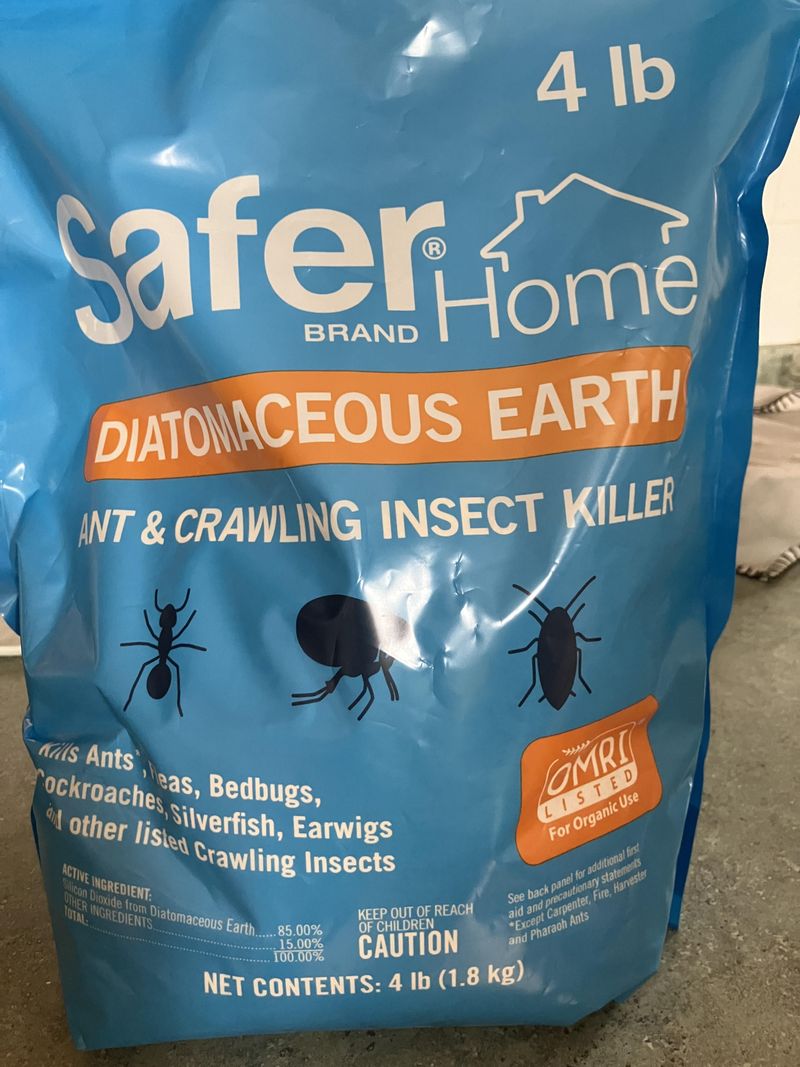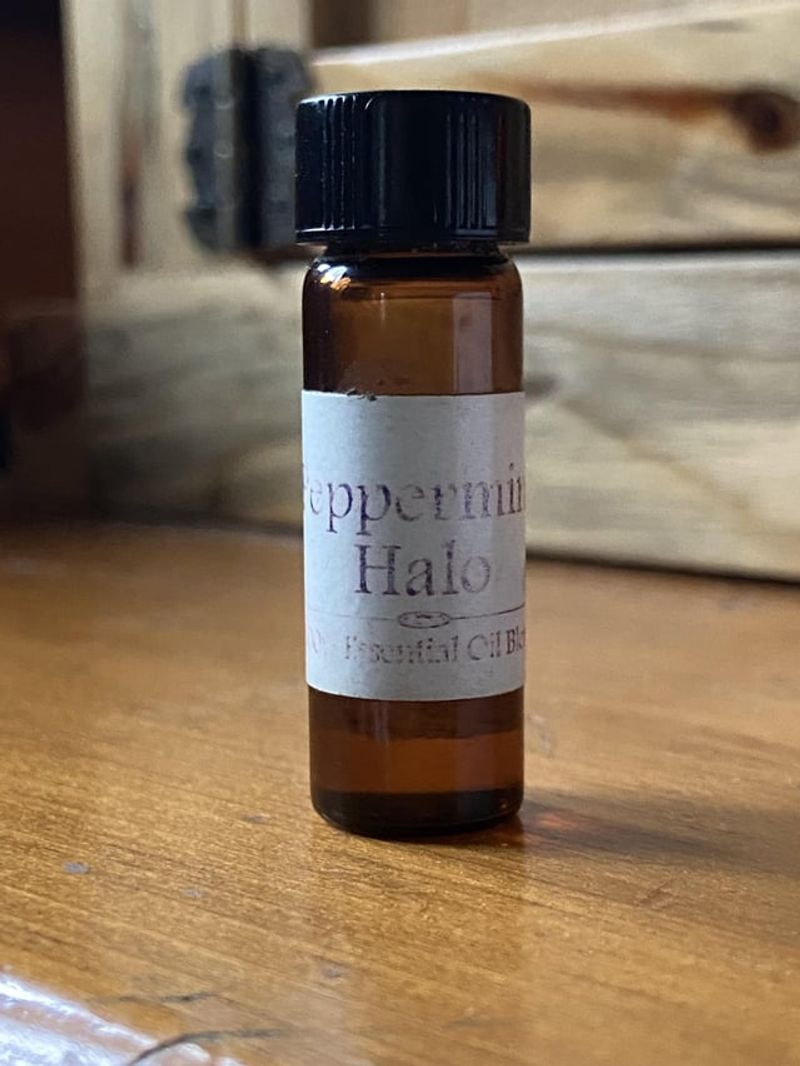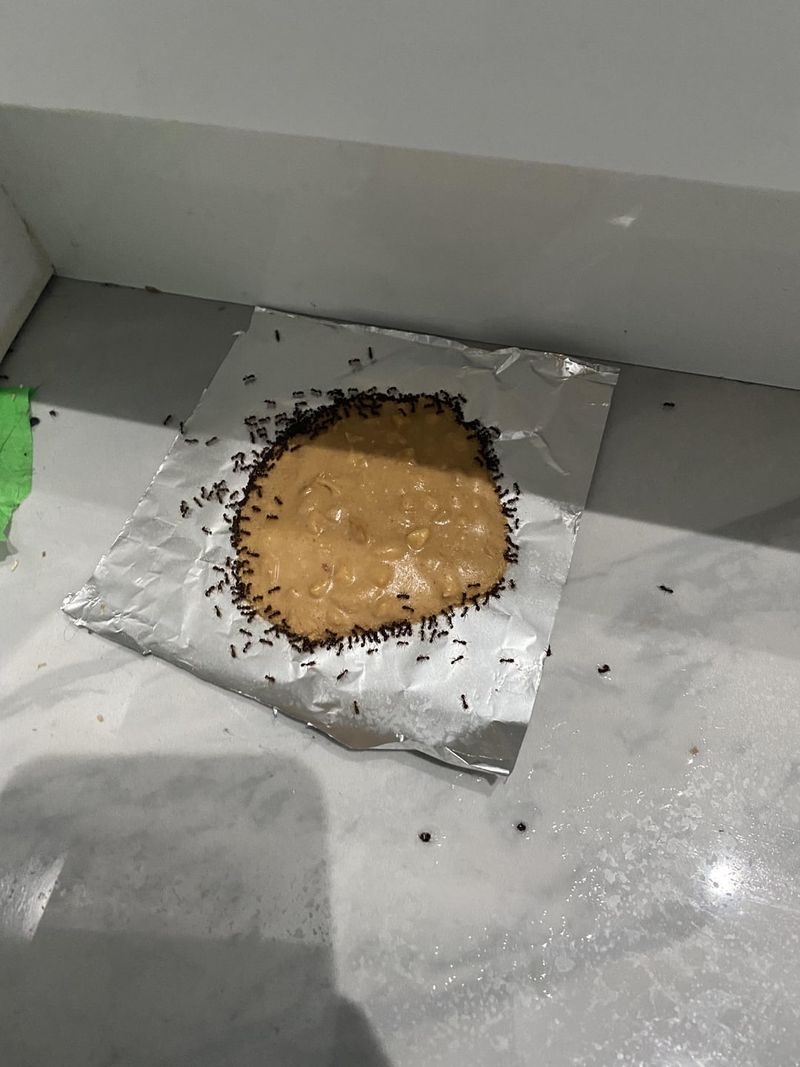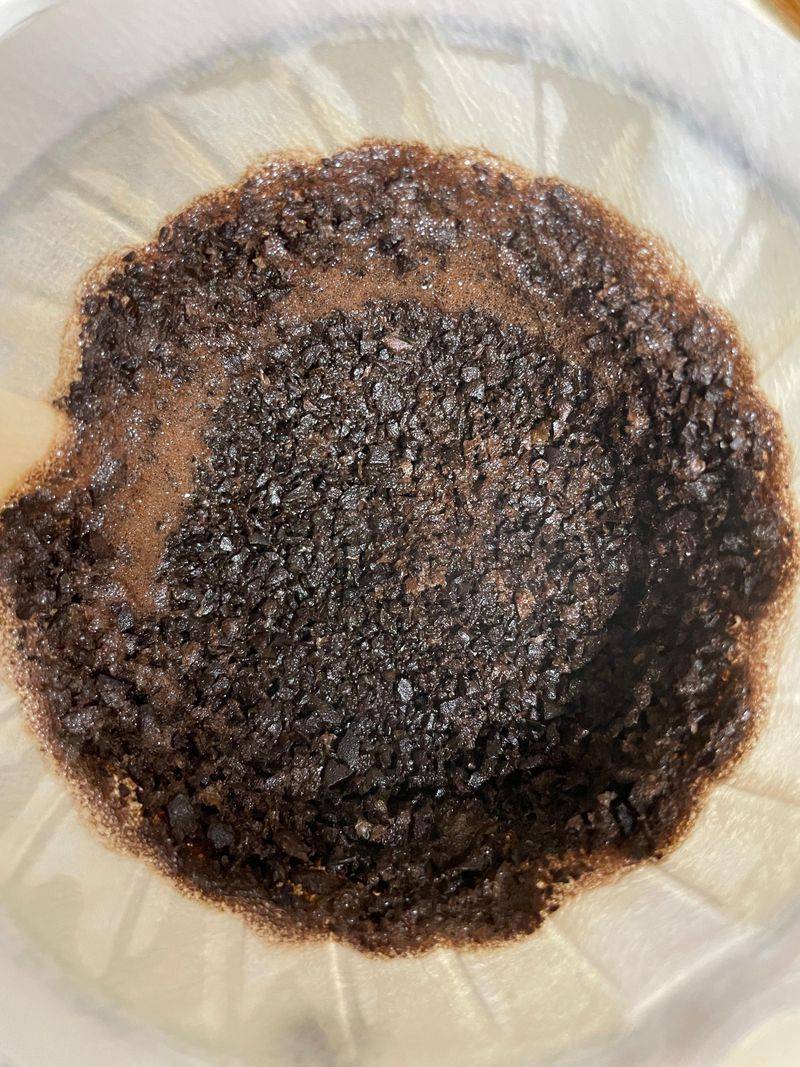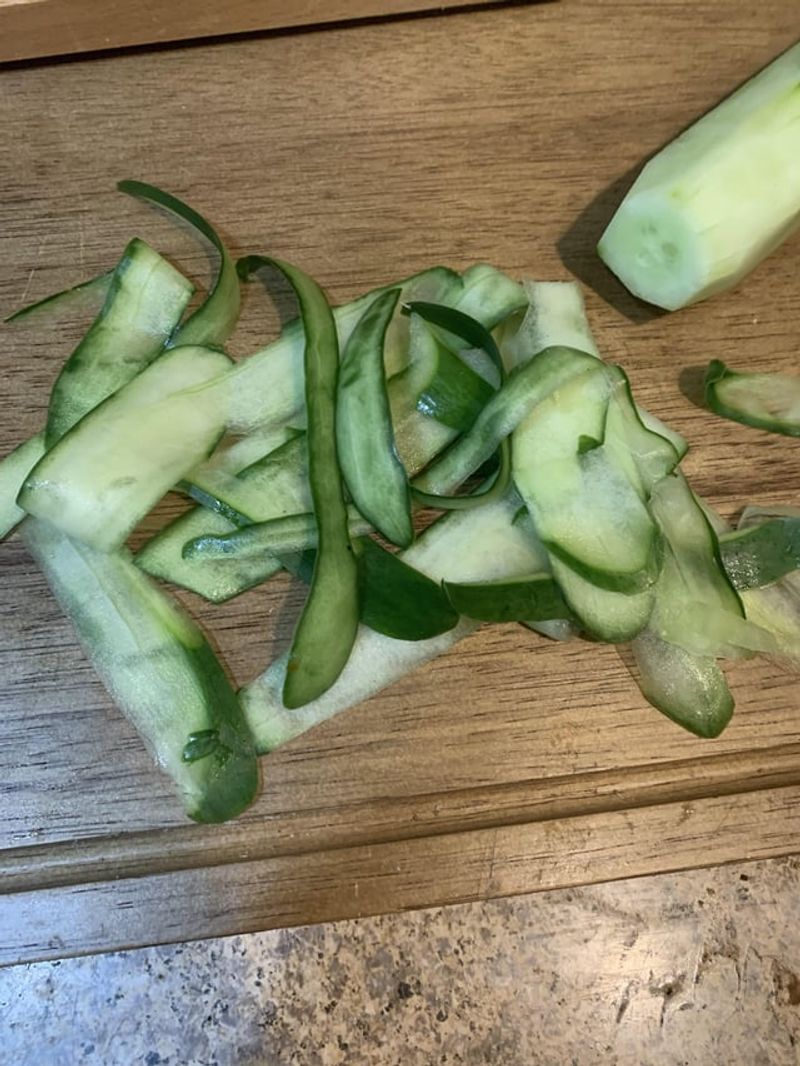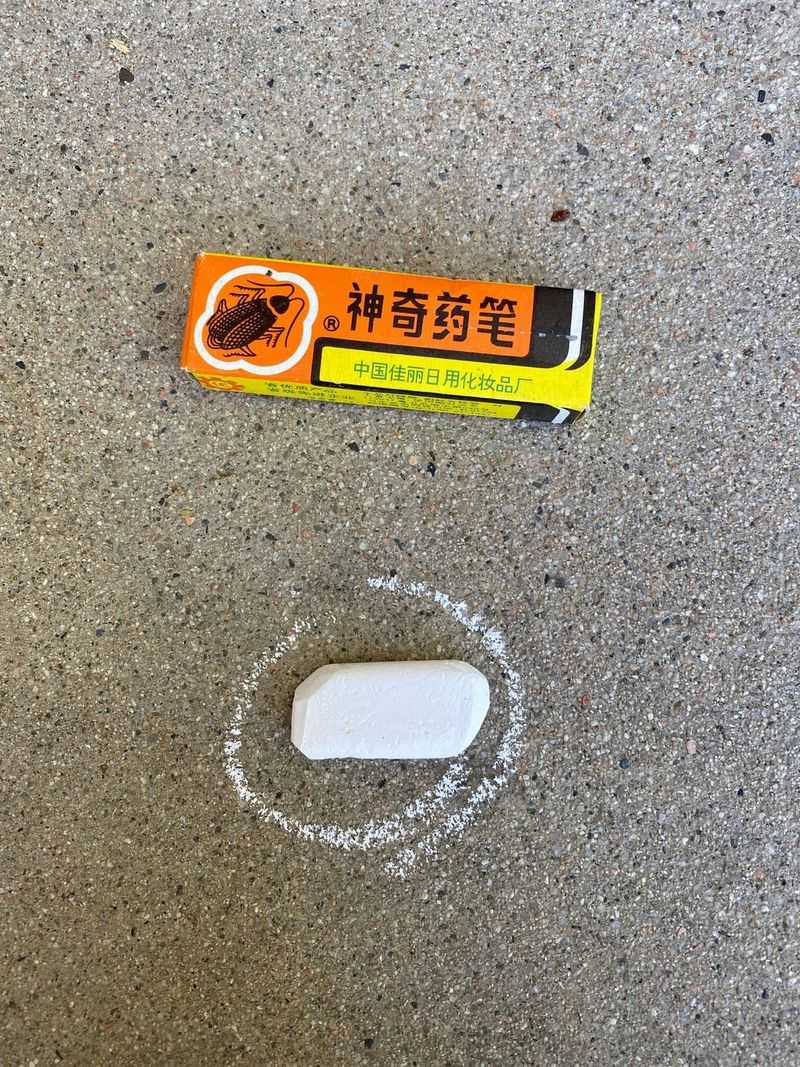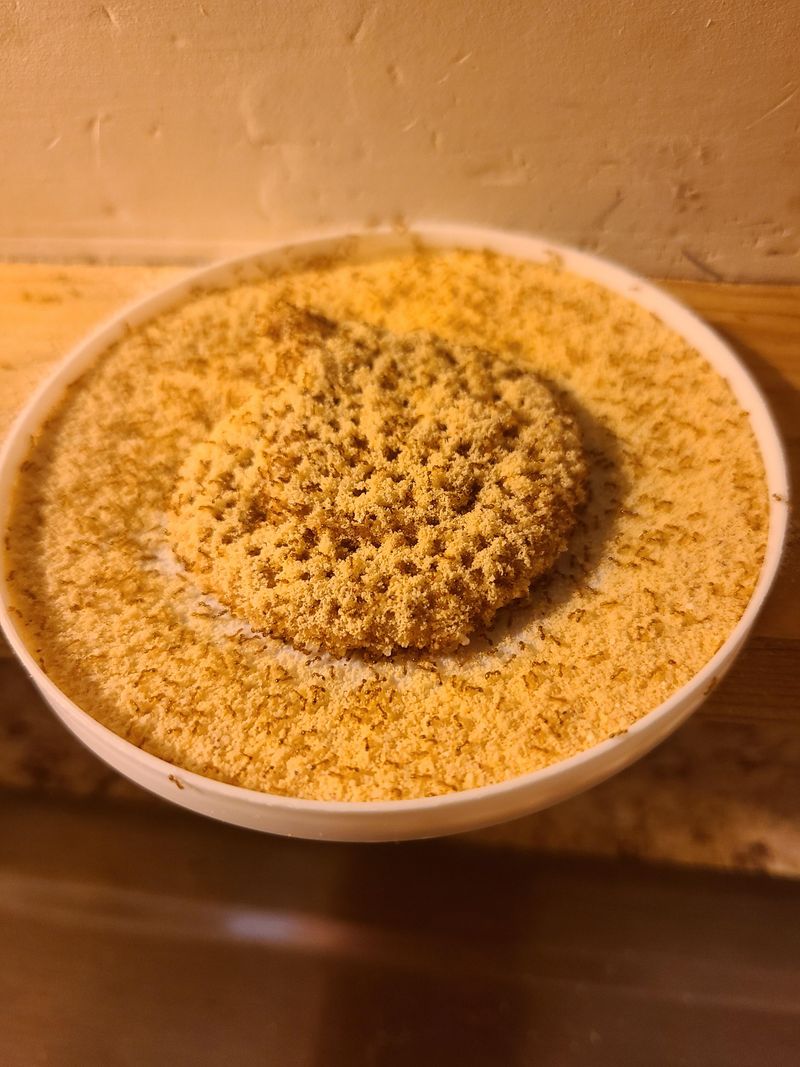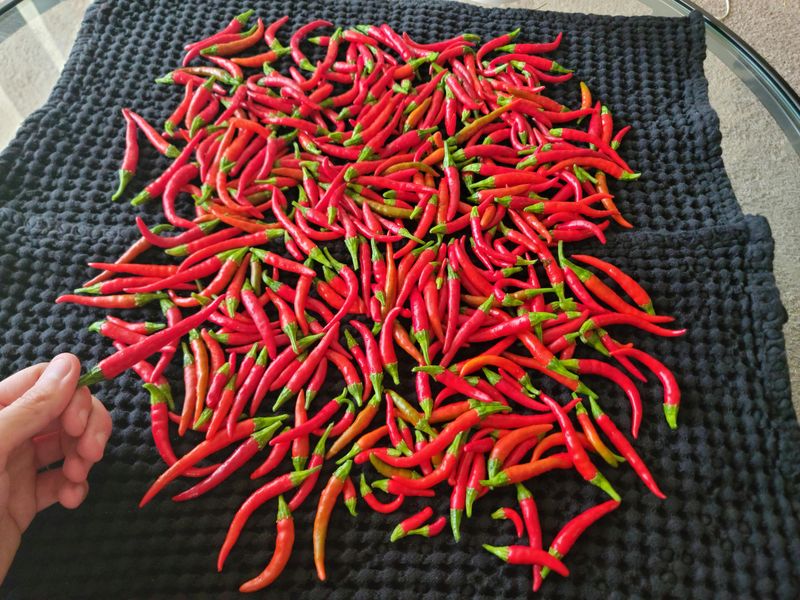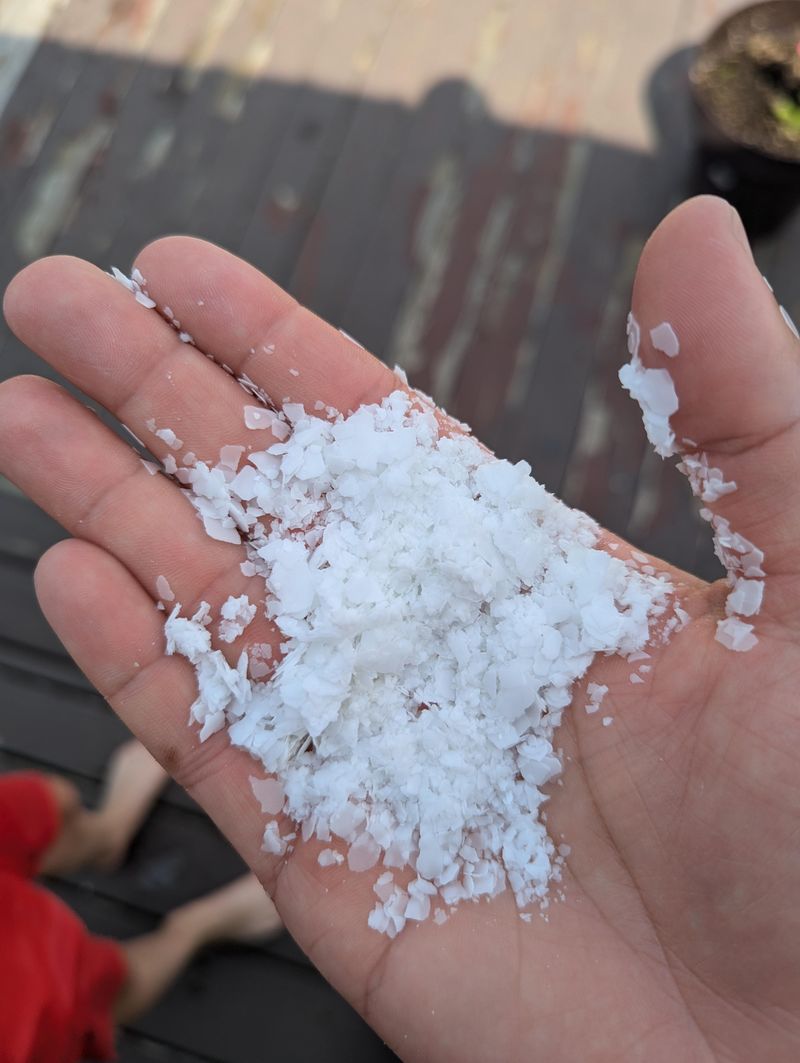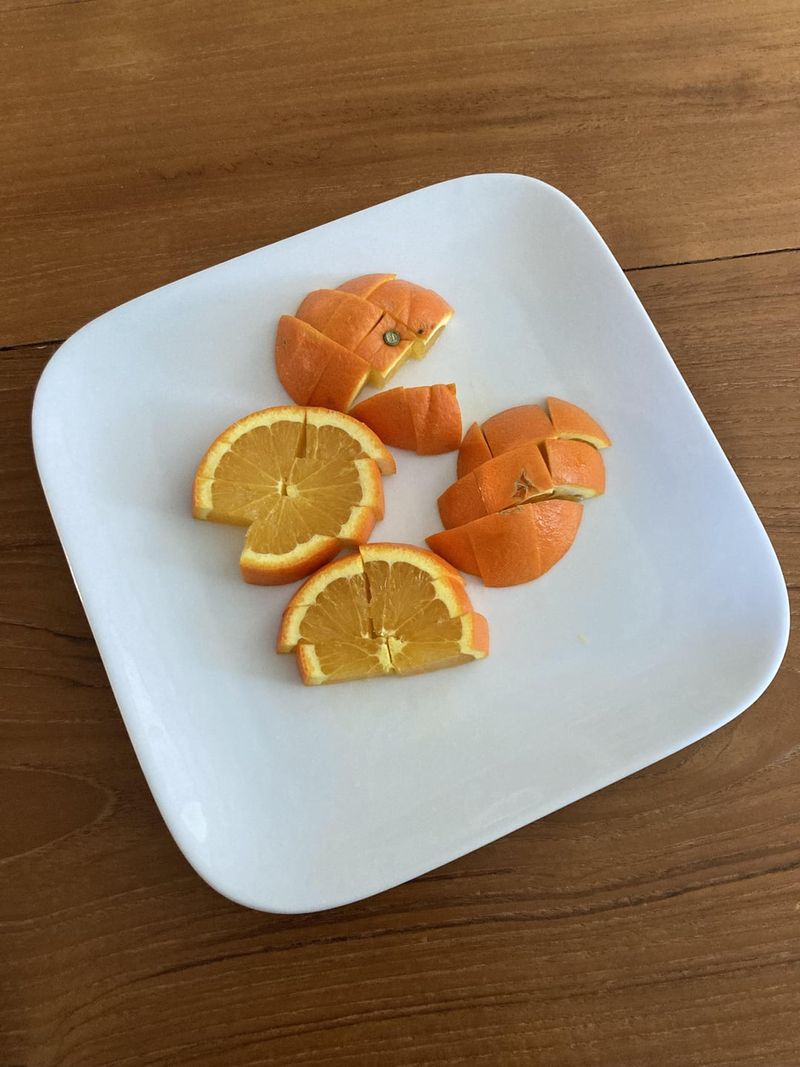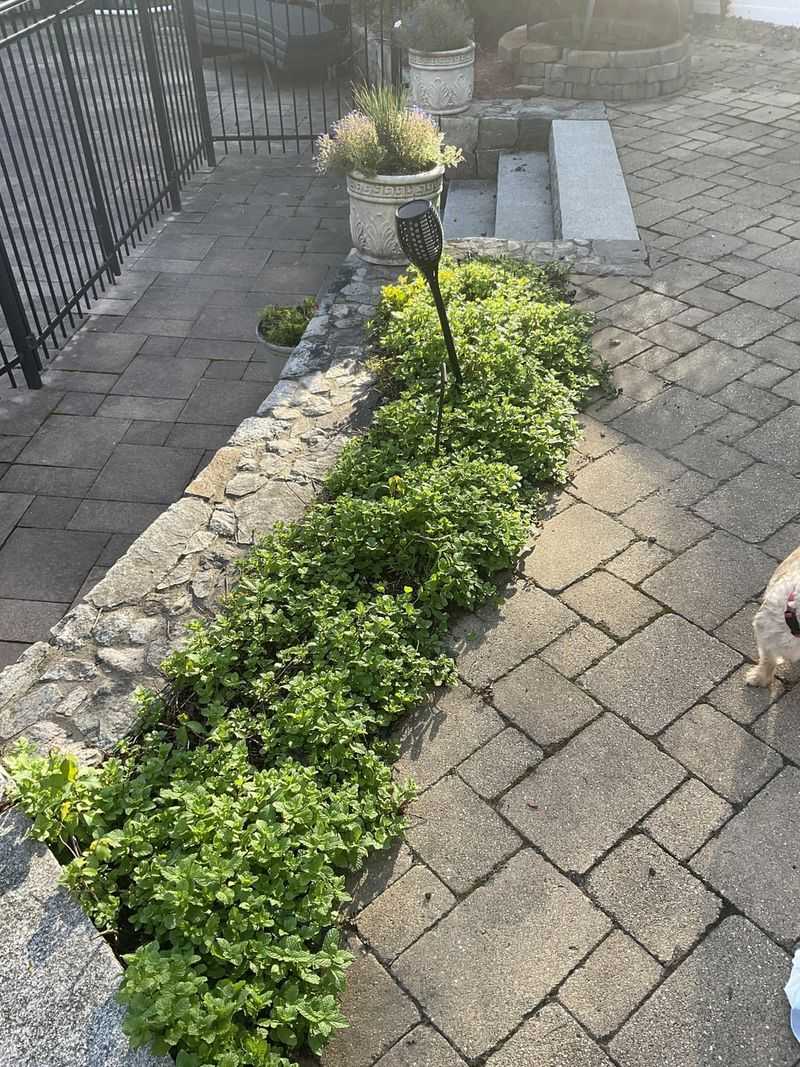Ants really know how to crash the party, don’t they? I’ve had them pop up in my kitchen, bathroom, even near my plants—and it’s never just one!
After trying a bunch of things, I finally found natural fixes that actually work without turning my home into a science lab. The best part? They help keep the ants gone, not just shuffled around.
Let’s get into what truly works when you want those tiny intruders out fast.
1. Vinegar Spray Solution
Mix equal parts white vinegar and water in a spray bottle for an instant ant deterrent. The strong smell disrupts their scent trails and confuses them, preventing more ants from following the same path.
Spray directly on ant trails, entry points, and countertops. For stubborn infestations, add a few drops of essential oil like peppermint or tea tree. Reapply daily until the ants disappear completely.
2. Cinnamon Powder Barrier
Sprinkle ground cinnamon around entry points, windowsills, and along baseboards to create a boundary ants won’t cross. The strong smell overwhelms their senses and masks their scent trails, making your home less inviting.
For even better results, mix cinnamon with a few drops of clove oil. Most ants absolutely hate this combination and will avoid it at all costs. Replace your cinnamon barriers weekly, especially after cleaning.
3. Lemon Juice Treatment
Fresh lemon juice contains d-limonene, a natural compound that’s toxic to ants. Squeeze lemons and apply the juice directly to entry points, ant trails, and problem areas to eliminate existing ants and repel newcomers.
You can also wipe down surfaces with lemon-soaked cloths. The citrus scent destroys the pheromone trails ants use for navigation while leaving your home smelling fresh. Reapply every few days until your ant problem vanishes.
4. Diatomaceous Earth Powder
Food-grade diatomaceous earth works like microscopic razor blades against ants. The fine powder cuts through their exoskeletons, causing them to dehydrate and die. It’s completely non-toxic to humans and pets.
Sprinkle a thin layer around entry points, under appliances, and along baseboards. The powder remains effective as long as it stays dry, making it perfect for long-term ant prevention. Just remember to reapply after cleaning or if the area gets wet.
5. Peppermint Oil Barrier
Ants absolutely hate the strong smell of peppermint oil. Mix 10-15 drops with a cup of water in a spray bottle and apply to entry points, windowsills, and anywhere you’ve spotted ant activity.
Cotton balls soaked in peppermint oil make effective barriers when placed in cabinets and pantries. The refreshing scent is pleasant to humans but overwhelming to ants. Reapply every few days, as the scent weakens over time.
6. Borax and Sugar Bait
Mix equal parts borax and sugar with enough water to form a paste. The sugar attracts the ants while the borax acts as a stomach poison that they’ll carry back to their colony.
Place small amounts on bottle caps near ant trails but away from children and pets. Worker ants will take the bait back to the nest, effectively eliminating the entire colony. This method takes a few days but targets the source of your ant problem.
7. Coffee Grounds Barrier
Used coffee grounds serve as an effective, eco-friendly ant repellent. The strong smell confuses ants and disrupts their scent trails, while the caffeine content is mildly toxic to them.
Sprinkle used grounds around your home’s foundation, garden beds, and entry points. As a bonus, coffee grounds add nitrogen to your soil, making this solution particularly great for outdoor ant problems. Replace after heavy rain for continued protection.
8. Cucumber Peels Placement
Cucumber peels contain compounds that ants find repulsive. Place fresh cucumber peels or slices in areas where ants frequently appear, like near sinks, entry points, or along windowsills.
The bitter compounds in cucumber skin act as a natural deterrent. Replace the peels every couple of days as they dry out and lose effectiveness. This gentle method works especially well for kitchens and areas where food is prepared.
9. Chalk Line Barriers
Drawing lines with ordinary chalk creates a barrier ants won’t cross. The calcium carbonate in chalk disrupts their scent trails and creates a physical boundary they typically avoid.
Draw chalk lines around entry points, along windowsills, and doorways. The fine powder sticks to ants’ bodies and dehydrates them. This simple method works best as a preventative measure rather than eliminating existing infestations.
10. Bay Leaves Placement
Dried bay leaves contain strong compounds that repel ants naturally. Place whole leaves in cabinets, pantries, and near entry points to keep ants at bay without any harsh chemicals.
Crush the leaves slightly to release more of their natural oils for increased effectiveness. Unlike some remedies, bay leaves maintain their repellent properties for weeks. They’re particularly effective in food storage areas and won’t contaminate your pantry items.
11. Cornmeal Trap Method
Sprinkle cornmeal near ant trails and entry points as a natural, non-toxic solution. Ants are attracted to cornmeal but cannot digest it properly, causing them to slowly die off after consumption.
Unlike poison baits, cornmeal is completely safe around children and pets. The ants will carry it back to their colony, affecting the entire population. This method takes patience but effectively reduces ant populations without harmful chemicals.
12. Cayenne Pepper Sprinkle
Ants avoid cayenne pepper because of its spicy capsaicin content. Sprinkle it generously around entry points, along baseboards, and anywhere you’ve spotted ant activity to create an effective barrier.
For a more potent solution, mix cayenne with water in a spray bottle. The capsaicin won’t harm your surfaces but creates an environment ants find intolerable. This spicy deterrent keeps working as long as it remains dry.
13. Salt Barrier Method
Table salt creates an effective, inexpensive barrier against ants. The tiny crystals irritate their exoskeletons and can be lethal when they come into direct contact with the insects.
Create thin lines of salt across entry points and along ant trails. For outdoor use, mix salt with boiling water and pour directly into ant hills. This simple kitchen staple works as both a preventative measure and a way to eliminate existing ant problems.
14. Orange Peel Extract
Orange peels contain d-limonene, the same compound found in commercial eco-friendly insecticides. Boil orange peels in water, strain, and spray the solution where ants enter your home.
The citrus oil disrupts their scent trails and acts as a natural insecticide. For maximum effectiveness, leave the peels to steep overnight before straining. This fragrant solution keeps your home smelling fresh while deterring ants naturally.
15. Mint Leaves Placement
Fresh mint leaves contain potent oils that ants find overwhelming and avoid at all costs. Place fresh leaves near entry points, in cabinets, and anywhere you’ve spotted ant activity.
Growing mint plants around your home’s foundation creates a natural barrier. For indoor use, dried mint works too, though it’s slightly less effective than fresh leaves. Crushing the leaves releases more oils, increasing their repellent properties.
16. Baking Soda Mixture
Mix equal parts baking soda and powdered sugar to create an effective ant bait. The sugar attracts the ants while the baking soda disrupts their digestive systems when consumed.
Place small amounts near ant trails but away from pets and children. The worker ants carry both substances back to their colony, effectively eliminating the source of your problem. This method typically shows results within a few days of consistent application.

